Plants that May Kill You
As
beautiful as nature may be, it does have its dangerous points too.
However, we very much assume that the dangerous stuff looks scary, while
the harmless stuff looks beautiful, or at the very least, unassuming.
But it may come as a surprise to learn that plants and flowers - often
beautiful - rank among the most dangerous on the planet. Take a look:
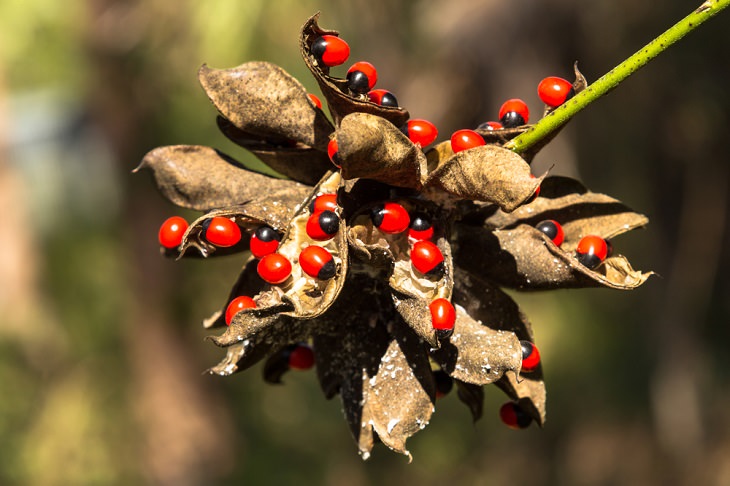 This pretty flower is native to
tropical areas. It was given the name for the jewel and prayer rosaries
that were created using its berries, which very much resemble
pomegranate seeds. But, you cannot eat them as it contains a poison
which weeds its way into the body's cells, preventing them from creating
essential proteins, which, if left untreated can lead to death.
This pretty flower is native to
tropical areas. It was given the name for the jewel and prayer rosaries
that were created using its berries, which very much resemble
pomegranate seeds. But, you cannot eat them as it contains a poison
which weeds its way into the body's cells, preventing them from creating
essential proteins, which, if left untreated can lead to death.
White Snakeroot
During the early days of American settlement in Indiana and Ohio, it is estimated that up to half of the deaths of the early settlers, including Lincoln's mother, Nancy, were caused by ingesting tremetol found in White Snakeroot. In fact, it is considered to be one of the most poisonous plants. Cattle and other livestock who ate White Snakeroot would quickly develop a muscular degenerative disease known as the trembles. The tremetol would then end up in the animal's milk and anyone who drank it would get deathly ill.
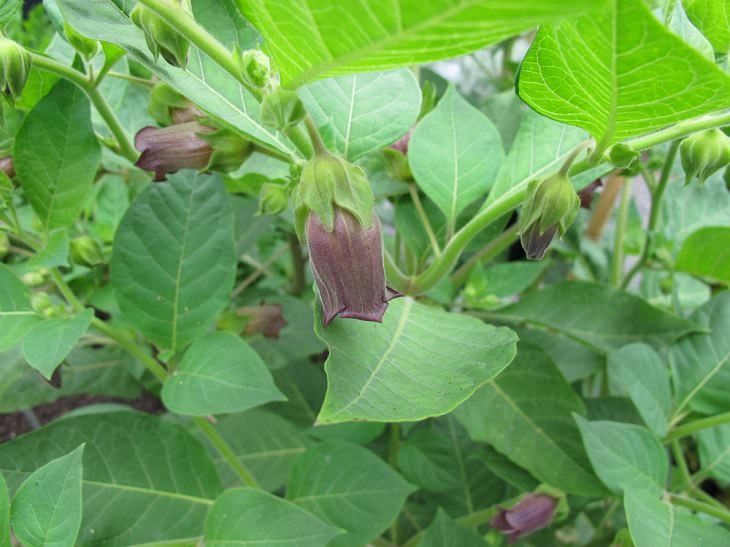
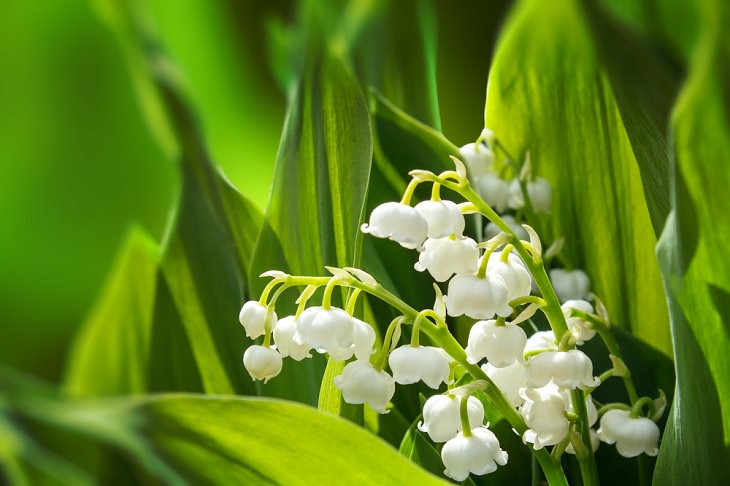
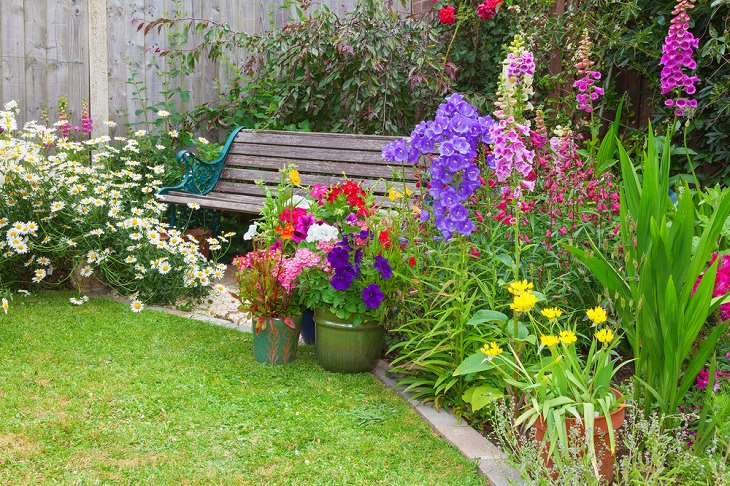
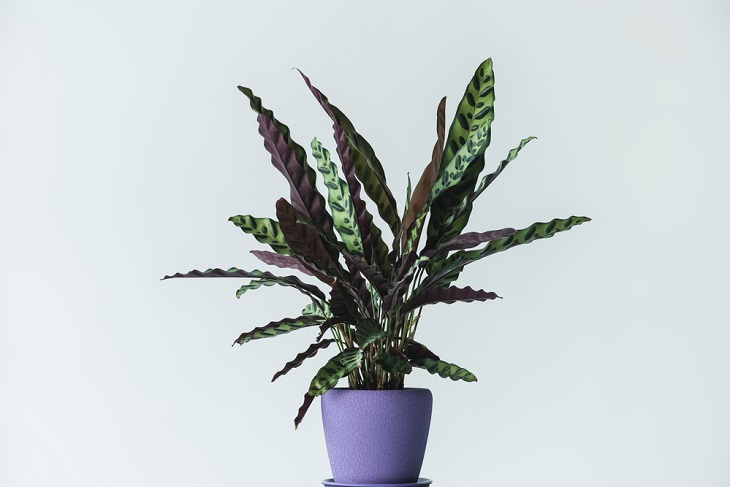
Rosary Pea

White Snakeroot
During the early days of American settlement in Indiana and Ohio, it is estimated that up to half of the deaths of the early settlers, including Lincoln's mother, Nancy, were caused by ingesting tremetol found in White Snakeroot. In fact, it is considered to be one of the most poisonous plants. Cattle and other livestock who ate White Snakeroot would quickly develop a muscular degenerative disease known as the trembles. The tremetol would then end up in the animal's milk and anyone who drank it would get deathly ill.
Deadly Nightshade

As the name implies, this plant
is deadly. This is due to the atropine and scopolamine in the stems,
leaves, berries, and roots. The plant is incredibly poisonous to the
body, eventually causing paralysis in the involuntary muscles of the
body - including the heart. Rubbing up against the plant can cause
irritation of the skin.
Water Hemlock
It's unlikely that you are familiar with the plant's claim to fame: killing Socrates. The plant contains the toxin cicutoxin, which when ingested, acts directly on the central nervous system, causing violent convulsions.
Water Hemlock
It's unlikely that you are familiar with the plant's claim to fame: killing Socrates. The plant contains the toxin cicutoxin, which when ingested, acts directly on the central nervous system, causing violent convulsions.
Lily of the Valley

This outdoor ornamental herb is
a popular staple of outdoor gardens but it can be incredibly toxic due
to the cardiac glycosides and saponins present in the plants which can
affect the heart if eaten. The Lily of the Valley is so toxic that cases
have been reported of people and animals falling ill by merely drinking
water the plant happened to be in.
Rhubarb
While rhubarb pie tastes great, ingesting large amounts of the plant's leaves can kill you as it contains deadly oxalic acid which if ingested in high amounts can cause kidney failure. Best avoid eating the stems and leaves altogether.
Rhubarb
While rhubarb pie tastes great, ingesting large amounts of the plant's leaves can kill you as it contains deadly oxalic acid which if ingested in high amounts can cause kidney failure. Best avoid eating the stems and leaves altogether.
Foxglove

This plant produces digoxin, an
active ingredient in digitalis, a heart failure medication. Ingesting
it is like taking an unregulated dose of heart medicine, which can
inversely cause heart failure. Keep this plant far away from kids and
pets.
Hydrangea
Only the flower buds are truly harmful if ingested. Humans can experience an upset stomach, skin irritation, as well as convulsions and coma. Still, pesky rabbits who manage to avoid the plant's poisonous wrath do love hydrangeas.
Hydrangea
Only the flower buds are truly harmful if ingested. Humans can experience an upset stomach, skin irritation, as well as convulsions and coma. Still, pesky rabbits who manage to avoid the plant's poisonous wrath do love hydrangeas.
Philodendron

These plants are
low-maintenance and require little care, which is why they have become a
popular houseplant. But, there is a toxin in their leaves called
calcium oxalate, which can cause inflammation of the mucous membranes or
the mouth and throat when ingested, While it's not deadly in adults, it
can prove fatal to small kids and pets.
Daffodil
Ingesting daffodils won't kill you if treated quickly. But if left untreated they can be fatal to small children and pets. Parts of the daffodil contain the toxic chemical lycorine, which can do the most damage to your body including severe burning of the lips, throat, and tongue. If throat pain, difficulty swallowing, and severe drooling persist after a few hours get to a doctor.
Daffodil
Ingesting daffodils won't kill you if treated quickly. But if left untreated they can be fatal to small children and pets. Parts of the daffodil contain the toxic chemical lycorine, which can do the most damage to your body including severe burning of the lips, throat, and tongue. If throat pain, difficulty swallowing, and severe drooling persist after a few hours get to a doctor.
THIS IS ONLY FOR INFORMATION, ALWAYS CONSULT YOU PHYSICIAN BEFORE
HAVING ANY PARTICULAR FOOD/ MEDICATION/EXERCISE/OTHER REMEDIES.
PS-
THOSE INTERESTED IN
RECIPES ARE FREE TO VIEW MY BLOG-
https://gseasyrecipes.blogspot.com/
FOR INFO ABOUT KNEE
REPLACEMENT, YOU CAN VIEW MY BLOG-
https:// kneereplacement-stickclub.blogspot.com/
FOR CROCHET DESIGNS https://gscrochetdesigns.blogspot.com
Labels: daffodil, dangerous, deadly nightshade, foxglove, hydrangea, lily of the valley, muscular degeneration, paralysis, philodendron, plants, poison, rhubarb, rosary pea, water hemlock, white snakeroot

0 Comments:
Post a Comment
<< Home